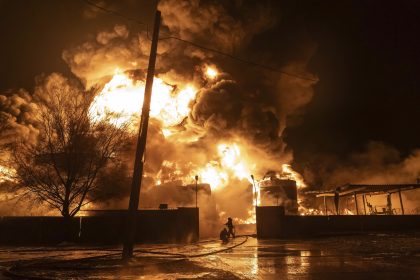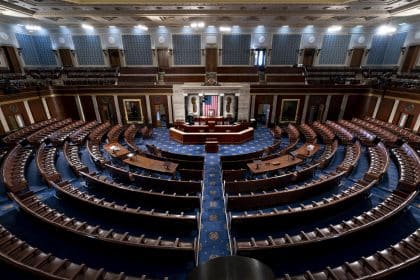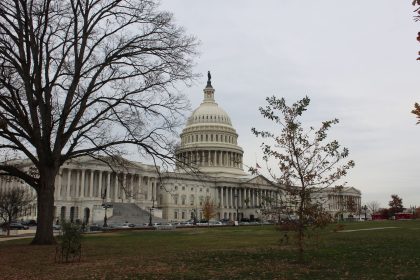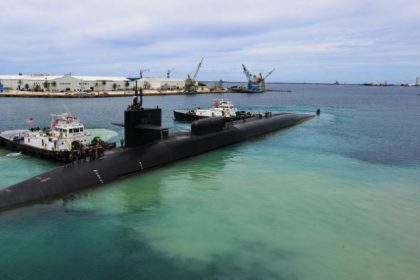DOD Advised to Provide Congress With More Info On PFAS Costs
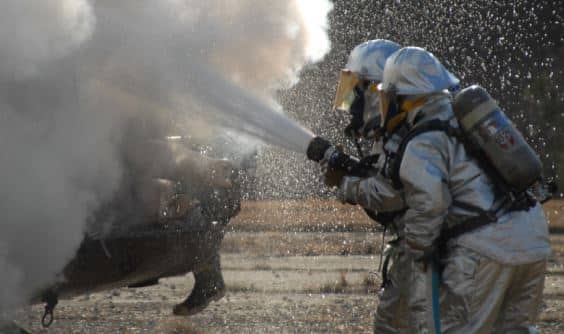
WASHINGTON – Despite being in the early phases of an investigation into PFAS contamination at nearly 700 U.S. military installations, the Department of Defense says the future environment clean-up of these facilities will cost at least $2.1 billion and likely much more.
That number has not yet been formally shared with Congress, but the Government Accountability Office recommends the DOD start including PFAS cost estimates in the annual environmental report it provides to Capitol Hill.
PFAS is shorthand for per- and polyfluoroalkyl chemicals, which is a class of heat-resistant in the firefighting foam the military uses to extinguish fires quickly and keep them from reigniting.
However, it’s now clear that PFAS has migrated into the groundwater around numerous facilities and may have adverse effects on human health.
The federal government has issued two nonenforceable advisories but has not yet regulated PFAS in drinking water. In the absence of federal action, some states have adopted PFAS regulations of their own.
The National Defense Authorization Act for FY 2020 authorized the GAO to review the DOD’s progress on identifying and addressing PFAS contamination.
In a report released Tuesday, the office, which acts as Congress’ chief auditor, describes the DOD’s effort to address the PFAS situations, the costs and potential costs involved, and also describes the Pentagon’s efforts to identify PFAS-free firefighting alternatives.
In the initial phases of its investigation, the Defense Department sought to categorize the affected installations into two groups. The groups consist of those at which PFAS amounts exceed federal health advisory levels and those that do not.
For those that exceed guidelines, the department has begun taking such steps as distributing bottled water and installing water treatment systems, the report said.
DOD estimates that its future PFAS investigation and cleanup costs will total more than $2.1 billion beginning in fiscal year 2021, in addition to $1.1 billion in actual PFAS costs incurred through fiscal year 2020.
The GAO said the Defense Department is having trouble estimating the ongoing cost of the environmental restoration process due to regulatory uncertainty at the state and federal levels.
Nevertheless, the agency said it’s important that the DOD begins reporting the estimates it has to “ensure Congress has increased visibility” into the costs and efforts of the PFAS investigations and cleanup at or near military bases.
According to the GAO, as of March 2021, the DOD had identified six potential PFAS-free foam candidates to use in its firefighting equipment but so far failed to find any that meets its current performance requirements.
By law, DOD must ensure that a PFAS-free firefighting alternative is available for use at its installations by October 2023.
“DOD is funding research to address challenges associated with identifying PFAS-free alternatives. DOD plans to continue using PFAS-containing foam aboard ships at sea — as allowed for by the National Defense Authorization Act for Fiscal Year 2020 — until a PFAS-free alternative can meet existing requirements,” the report said.




















